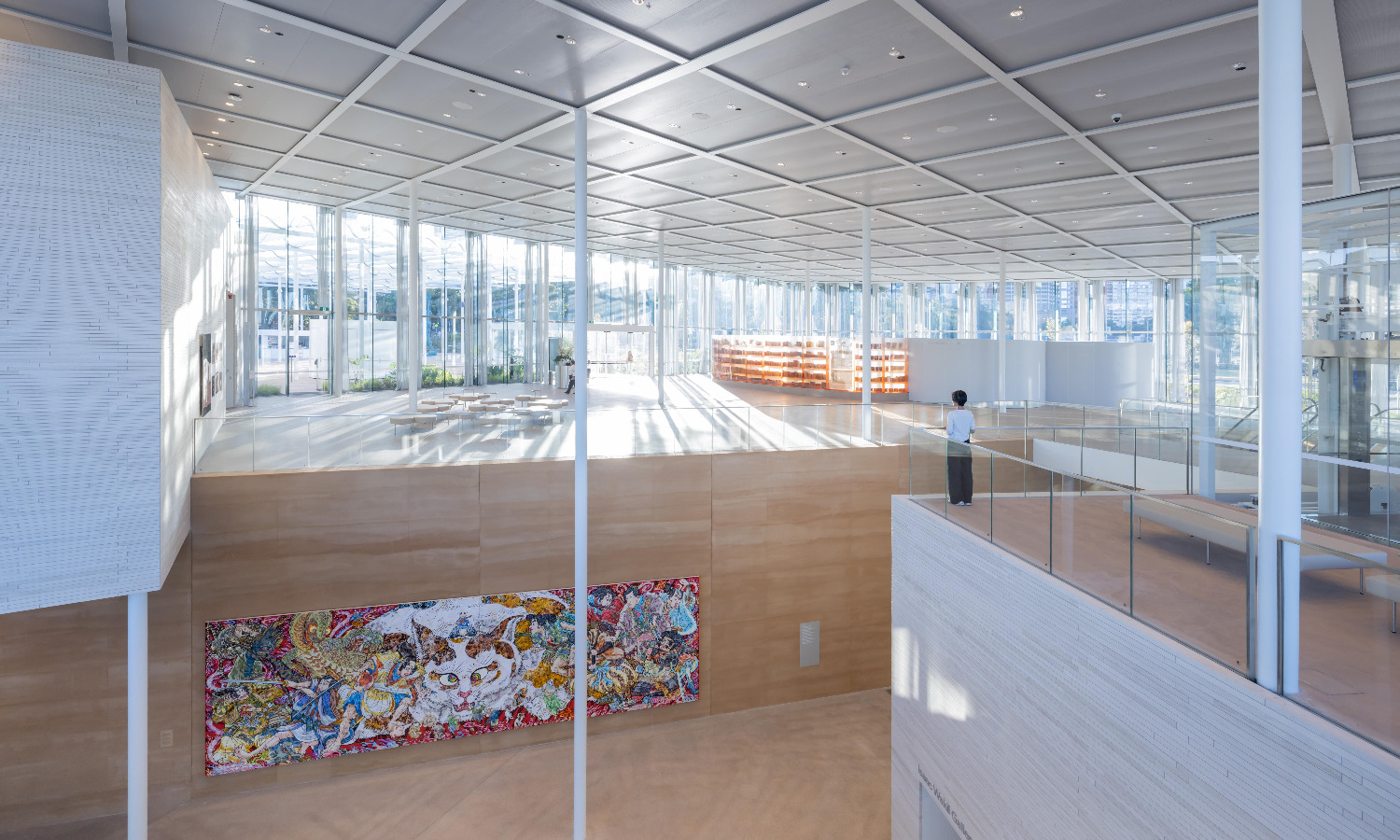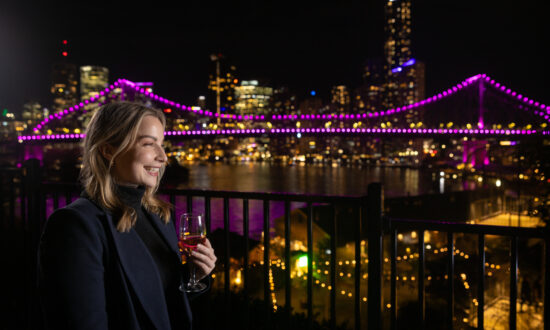Before throwing himself from a bridge, the American poet John Berryman explained in his 77 Dream Songs: “Life, friends, is boring.” This is the great dichotomy of life – that it consists of little, but has to be filled with much, or else, you know, the bridge. Not only Berryman, but Joseph Goebbels: “When I hear the word culture, I reach for my gun.” He never said this, but most good stories are lies, so let’s pretend he did.
Point being, culture has many roles in society: propaganda; official (and increasingly revisionist) versions of a country, place or time; a challenge to the status quo (which is perhaps why we’re here talking about funding); a way to educate, enlighten, lighten life’s load, introduce new ideas, get a laugh.
Culture is the great liberator of the human mind. It expands what governments, politicians, academics and others contract. It fights back. It spits in people’s faces and offends with glee, and gusto. It asks a lot of its mostly poor, often mad, sometimes imprisoned practitioners, but this seems to be a price most are willing to pay. So would it hurt if we showed them a little love?
Generally, we do the opposite. Why, is the great mystery. Maybe it’s a fear of the new, or just the Australian distrust of boat-rockers who, in the end, are the real agents of change. Our politicians fail miserably. Read The Lucky Country.
I’m standing in the Art Gallery of New South Wales admiring the Australian art, most of which is by Victorian and New South Wales artists (there’s a Hans and Nora Heysen, but apart from that…). I think of the article I read the previous day – a group of eminent South Australian artists, writers, poets, thinkers expressing their concerns to the Premier (and anyone else who’ll listen) about the “state of the arts” in SA. The argument running a little like this: South Australia as a city-state, Adelaide as a cultural epicentre sending shockwaves around the world, the biggest festival and writers’ week, an oven-dried Oxford on the Plains where Richard Meale came to compose, Patrick White planned to move (cue Don Dunstan reading poems to elephants, Geoffrey Rush, Lighthouse &c.). But now, after decades of populist governments headed by unremarkable leaders, the rest of Australia has caught up – indeed, as I’ll show – taken over, as the Arts in SA languish.
As I move around the gallery, it occurs to me that the story of a place, a people, their fears and pride and boasts and failures are, in the end, celebrated and remembered through their art, their music, their culture. This, I suspect, is why so many people remember the ’70s so fondly in SA – a time of memories made, recorded, painted, composed; a time when we felt among the best in the world. But now there doesn’t seem so much to celebrate.
The history of NSW on the walls of the AGNSW and, nearby, the new $344 million Sydney Modern, a stunning architectural jewel as seen from the city or Woolloomooloo. The NSW Government contributing $244 million, the other hundred from philanthropy (which made me think of Adelaide’s Guarneri and soccer team philanthropists). I wander, see the visual history of the state from First Nations, the colonialists, through to Grace Cossington Smith’s The Bridge in Curve, Brett Whiteley’s Sydney, John Olsen’s Watsons Bay, all adding up to a sense of identity, self-understanding and pride.
I recall the day I went to the Art Gallery of South Australia and asked if they had any Russell Drysdale paintings. “Oh, yes, several, but they’re all in storage.” Like so many of our treasures, left to gather dust as we spend millions importing other people’s culture.
This is my browsing day, so up the road to the Australian Museum, across the city to the Powerhouse (now over three sites), all the time, the big picture. A state that celebrates its (and national) cultural treasures as a way of saying, “See, look at us, aren’t we clever?” Of course, for this to happen, a government needs to fund artists, go to book launches, find affordable ways to support the most diverse, unheard and unusual voices, invest in education, build the appropriate cultural infrastructure. The opposite of which is storage. Quiet. Dark. Buzzing moths and humming fluoros.
Returning home to see our underfunded State Library, a few people researching their family history, a homeless man cleaning himself in the toilet. I ask the librarian: “Where are all the books?” She tells me they’ve made way for a “new development”, more in tune with today’s rapidly digitising world. I wonder. Deeply.
All of which seems to get back to a lack of funding. An arts department deconstructed, farmed out to other government departments as some sort of bother, some chore, some crying baby (named Culture) with an overfull nappy. But not to worry – all of this will be made good with more funding for the Festival of Arts, more of other people’s understandings of their worlds. But what about ours?
Writers mowing lawns to pay the rent? Barista artists and Caltex composers going to seed as populist politics panders to safe, familiar hamstring narratives. Artists aware they’ll only ever get ahead if they make governments look better, or at least don’t rock the boat. An inflexible culture that pays public servants to throw burley in the water, and write never-to-be-read reports about the frenzy.
As I walk along Bathurst Street and see the City of Sydney Creative Studios (“Brand X – Making Space for Artists”). Here, again, a place for artists, the makers, the subverters, the experimenters working in 30 spaces over five storeys (one level each for visual arts, music, film, performing arts and offices for writers and playwrights). Thinking how Adelaide tried the same thing at St Paul’s, but in the end, threw the whole idea in the too-hard basket. “[The] City of Sydney Creative Studios supplies the sector with space for hire, semi-permanent tenancies and professional development residencies which are priced on a sliding scale or subsidised with an Artist Pass subscription.”
God, an Artist Pass. Just the sound of it!
What this city-state needs is a change of thinking. Leaders who value the arts and see the good they can do, the ideas they can nourish, the Max Savage songs we can hum, the Jude Aquilina poems we can recite, the State Library that can be every bit as good as Sydney’s Mitchell Library (with its million+ books) or Melbourne’s much-loved State Library. Adelaide, as Hobart has recently done, becoming a UNESCO City of Literature?
If there are no ideas, how are we meant to contextualise the past, understand the present, plan some sort of way forward? So some kid from Davoren Park can use his theatre passport to see a Stephen House play and think, “I know that place … I know that person!”
We should start by accepting that SA is a small place and our homemade culture will always need subsidising, but the alternative is a future of American big-screen dreams, rehashed Broadway musicals, serious West End plays. Because in the end, as John Berryman explained: “… my mother told me as a boy (repeatedly), ‘Ever to confess you’re bored means you have no Inner Resources’.”
Let’s start with a meeting. The Premier, the Arts Minister, the heads of our cultural institutions, fearless, unafraid to criticise a government that controls their budgets. And oh, for god’s sake, let’s invite some actual artists. Publishers. Gallerists. Everything on the table.
I’m free that day. I’d like to talk about the underfunded SA Literary Awards (in 2024, a biennial prize pool of $167,500 – or $83,750 annually – versus an annual prize of $292,000 per annum in Victoria and $315,000 per annum in NSW), and how these, and other partnerships, might be used to encourage local writing.

Get InReview in your inbox – free each Saturday. Local arts and culture – covered.
Thanks for signing up to the InReview newsletter.
How, after generations, our makers and presenters needn’t buy tickets east to fulfil their artistic visions. How there needn’t be another Urban Myth Theatre Company fiasco. The alternative being the prospect of finding Barbie 2 (and 3 and 4) increasingly entertaining.
Stephen Orr is an Australian writer of literary fiction and non-fiction books and articles.
Support local arts journalism
Your support will help us continue the important work of InReview in publishing free professional journalism that celebrates, interrogates and amplifies arts and culture in South Australia.
Donate Here




